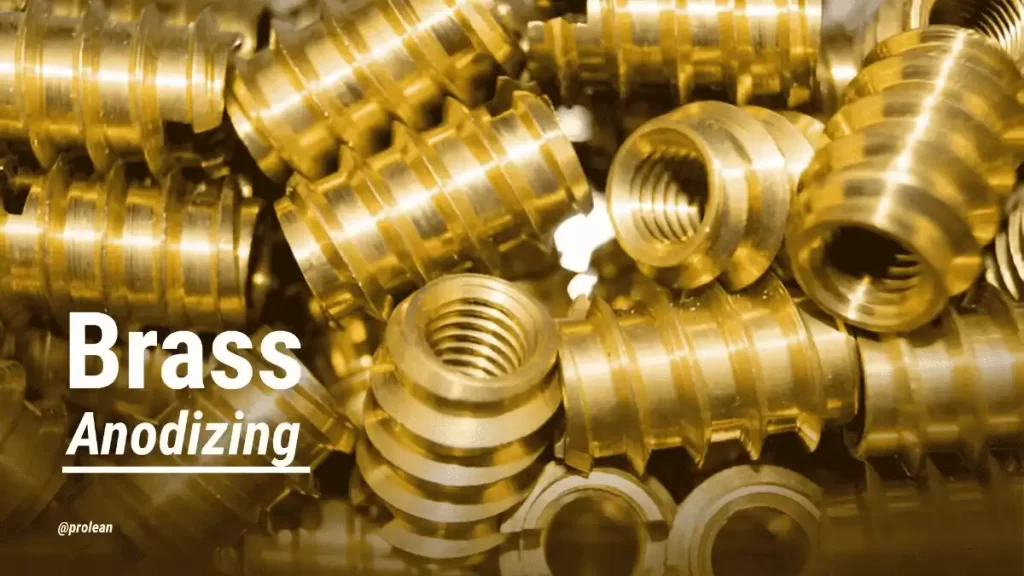
Brass Anodizing
Brass anodizing is all about improving the surface of brass. It is an electrochemical process. It creates a thin oxide layer that protects the metal and gives it a better look and feel. You might hear this layer called an anodized coating.
In this guide, we’ll walk you through what brass anodizing involves, how it works, the different types, where it’s used, and how to get the best results. This is a great place to start if you’re considering anodizing brass for your project.
How to Anodize Brass: A Step-by-Step Guide
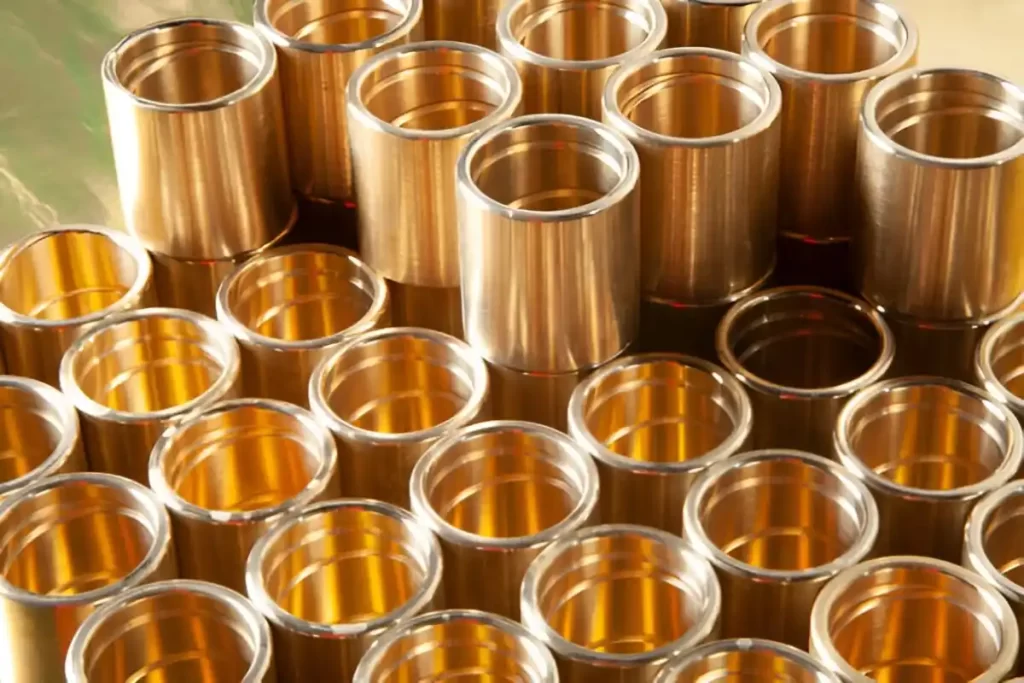
Anodized Brass Machined Parts
The most common question asked: Can brass be anodized? Yes, it is. Anodizing brass is not as complicated as it might seem. The procedure uses a well-prepared solution and an electric current passing through the brass. When properly performed, it creates a strong protective oxide coating that looks good.
So let us simplify it down to working steps.
1. Clean the Brass Surface
First of all, the brass should be thoroughly cleaned. Grease, dirt, or residues can interfere with the adherence of the anodizing on the metal. So, wash it in hot water and soap. That is followed by applying an appropriate chemical type of degreaser to remove any hard-to-remove contaminants.
2. Prepare the Anodizing Solution
Then prepare a mixture of your electrolyte. One of the most common formulas uses one part of the phosphoric acid and ten parts of the distilled water. Mix the solution in a non-metallic dish to prevent undesired reactions.
If you require specific finishes or color shades, then you can add any desired additives or brighteners to the mix. All you need to ensure is that they should be compatible with brass.
3. Apply the Solution to the Brass
Since your solution is ready, it is time to apply it. You may either completely immerse the brass in the solution or utilize a spray bottle to ensure the surface is evenly covered.
After applying, leave it on the surface for approximately 30 minutes. The purpose of this resting period is for the solution to start interacting with the metal. Then you should wash the brass with warm water again and dry it.
4. Anodizing the Brass
The brass is ready, and it is time to anodize. Installs the anodizing machine in line with the manufacturer’s guidelines. Ensure you have the correct temperature throughout, essential for the same results.
When you are all set, connect the brass to the system and turn the current on. The machine will do the rest, producing the oxide layer evenly on the brass. (See Also: Anti-UV Anodizing)
Applications of Brass Anodizing
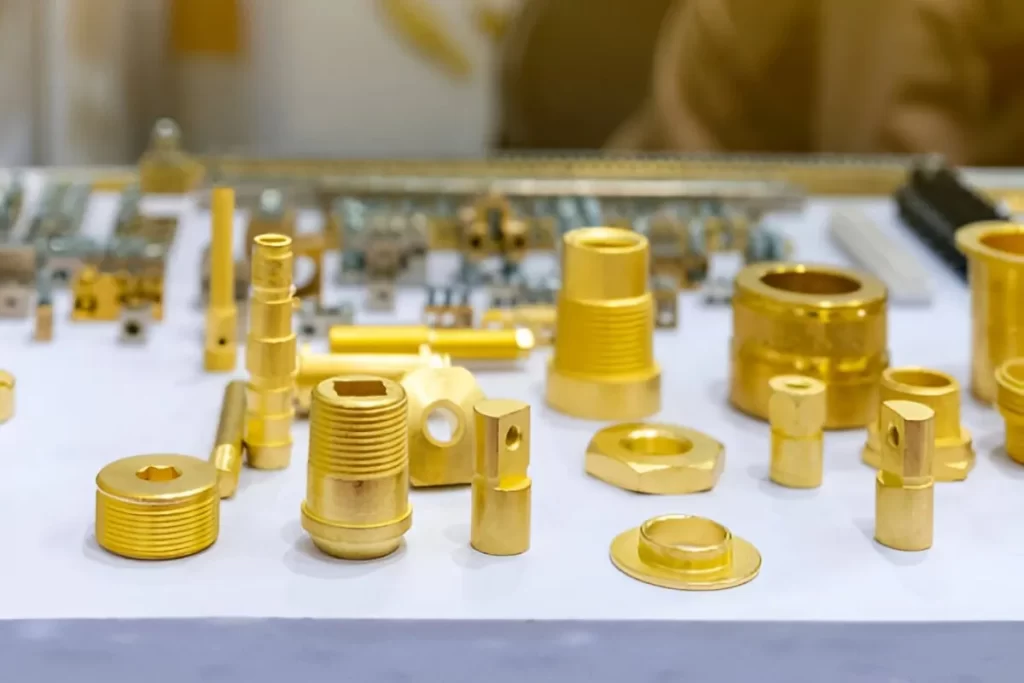
Connection Joints & Nut Bolts Displayed
Anodize Brass Finish products last longer and are aesthetically appealing. Its use is spread to everyday items such as door handles, jewelry, lights, car parts, and medical instruments. Here are some common applications where it is applicable.
- Architectural Fabrication: In the architectural industry, door handles, knobs, window frames, and stair rails are usually made of anodized brass. It adds a rugged and attractive look.
- Jewelry: Brass anodizing is used in jewelry, such as pendants, earrings, and bracelets, to make them last longer and give a unique color finish.
- Lighting Fixtures: The lighting fixtures, like chandeliers, are made of anodized brass. It helps retain its appeal over time.
- Electronic Parts: Brass naturally resists corrosion better than steel. However, it turns tarnished. If oxidized or coated, its electrical conductivity is reduced, as oxide layers are generally insulating.
- Decorative Items: The picture frames, vases, and ornaments remain polished and sturdy when made of anodized brass.
- Automotive Industry: Car badges and accessories are brass anodized to remain fashionable and strong.
- Medical Equipment: Dental braces and surgical equipment are brass anodized since it is hygienic and does not rust.
(Read more: Bronze vs Copper vs Brass)
Try Prolean Now!
Types of Brass Anodizing Processes
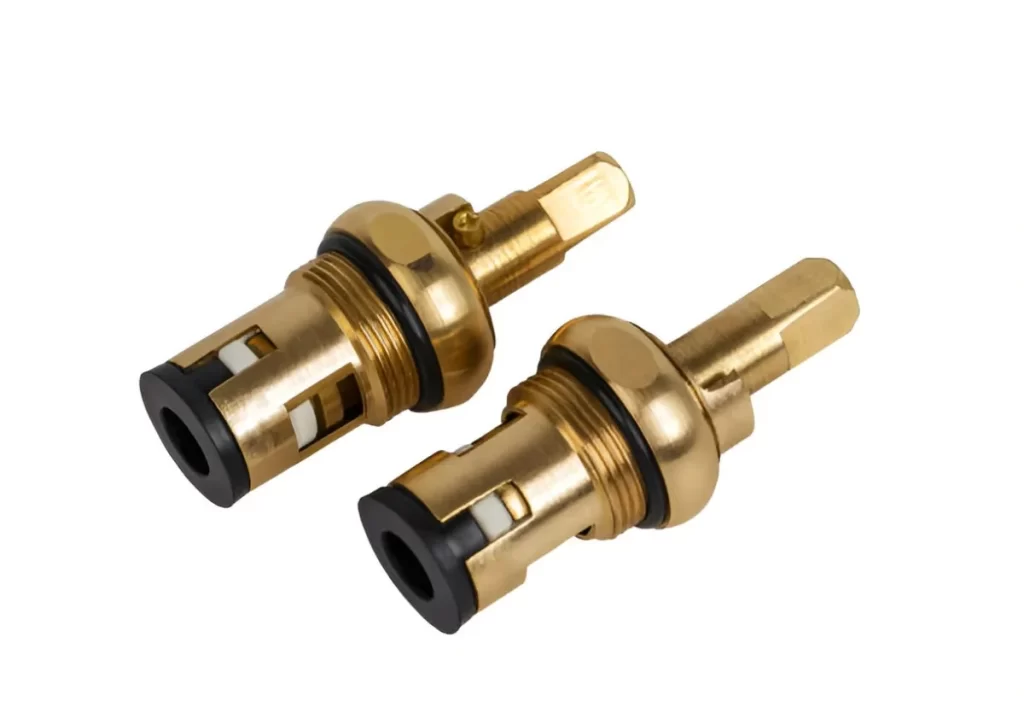
Brass faucet parts cartridge for water valve
Brass is made through a copper and zinc mixture, two metals that do not respond equally to anodizing. That is why you can not treat brass just the same way you treat aluminum or other metals, as far as using an anodized finish is concerned.
Phosphoric acid anodizing is the common choice for brass in most cases. It’s reliable and produces a stable, uniform oxide layer when properly done.
It is easy; all you have to do is make a solution of distilled water and phosphoric acid in a proportion of 10:1. This controlled mixture assists in maintaining the varied behaviors of copper and zinc during the reaction. It makes sure that the surface is smooth, solid, and even.
Small-scale brass coloration or coating under chemical treatment can be carried out in several other ways, but phosphoric acid anodizing is notable in its precision and repeatability. (See more: Type II Vs Type III Anodize)
Available Anodizing Colors Options for Brass
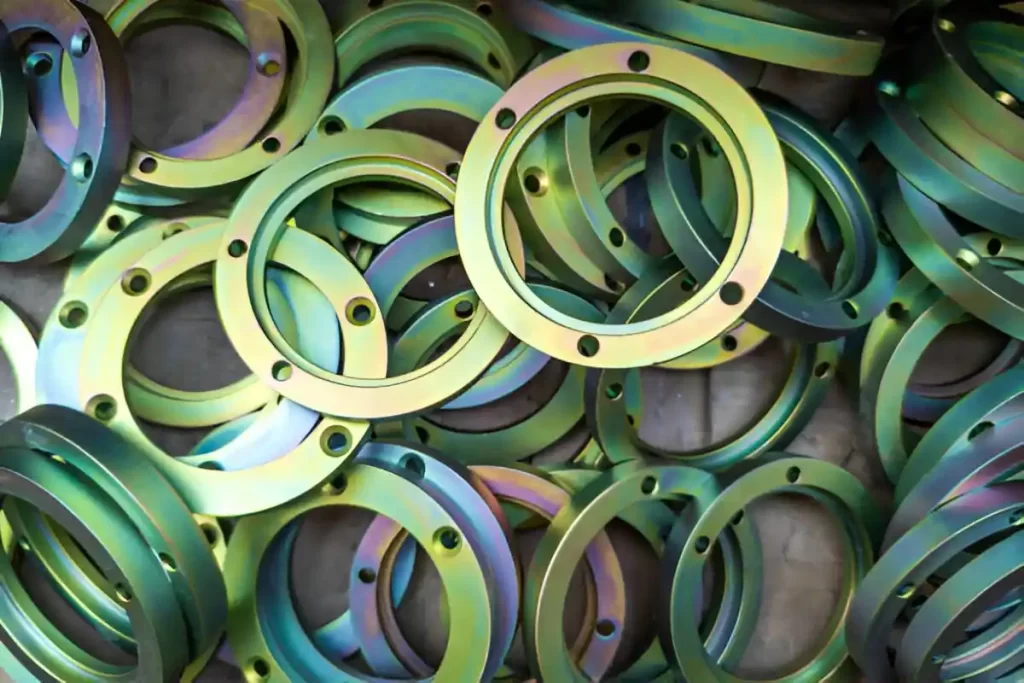
Vibrant Anodized Brass Shades
When you anodize brass, the default finish usually highlights the metal’s natural golden hue. This gives you a clear, polished look. But if you want to add some color, dyes come into play.
Brass can be colored using chemical patinas or surface dyes, but these do not involve true anodising. The range of achievable brass anodizing colours depends on surface preparation and chemical treatment.
- Deep black
- Warm brown
- Rich blue Shades
- Vibrant green
- Elegant purple
How to Evaluate if Brass Anodizing Was Successful?
Once the process of brass anodizing is done, you must evaluate whether the results are satisfactory or not. The following are the primary considerations that should be made as far as success is concerned:
Thickness
Check the thickness of the coating in micrometers. Otherwise, the layer may become hard, crack, or flake away in case of excessive thickness. Nevertheless, it can be too thin to provide any protection or relatively strong enough.
Coating Adhesion
Do a tape test where a little tape is applied on the anodized surface and removed. The good and hard coat anodizing film cannot peel off along with the tape; otherwise, the process has to be improved.
Corrosion Resistance
Place the anodized brass in salt spray or any other environmental test for durability. When the coating has not peeled off or there is no trace of corrosion, it indicates the anodizing process was optimal.
Color Uniformity
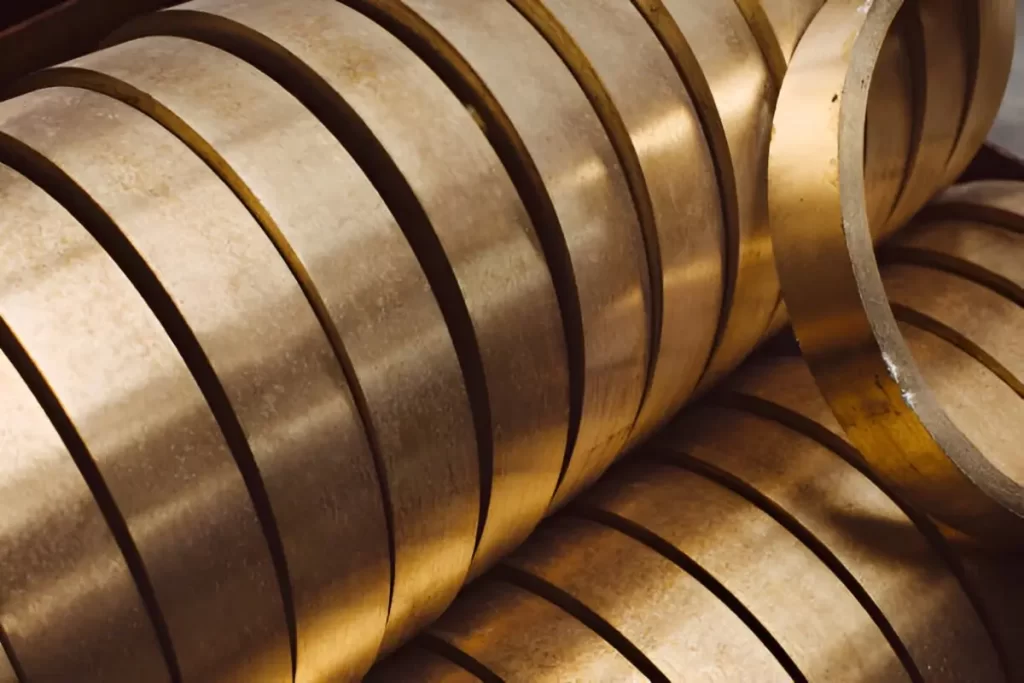
Uniform Anodized Brass Rings
Check the brass physically and compare it to some reference sample or standard. No patchy or uneven colors should be there. Other than that, the color should be consistent throughout the surface.
Through these factors, you will be guaranteed that your brass and anodized parts will look good and perform well.
Try Prolean Now!
Benefits of Anodizing Brass
| Benefit | Explanation |
| Lasts Longer | The coating protects the brass from damage and wear. |
| Resists Rust | It keeps water and chemicals from causing corrosion. |
| Add Good Looks | You can get different colors for a finished look. |
| Safe for the Environment | The process is safe and doesn’t harm people or the environment. |
| Easy to Clean | You just need a damp cloth and some soap to keep it clean. |
| Saves Money | It costs less to finish and maintain than other options. |
Ways to Remove Anodizing from Brass?
There may be situations when you need to remove anodizing from brass to change its appearance, or there may be some other reason. Usually, it is done in two typical ways.
Way 01: Mechanical Abrasion
In mechanical abrasion, the anodized layer is scrubbed off. It uses an abrasive such as sandpaper. The process is easier; however, it may be time-consuming and labour-intensive.
Way 02: Electrochemical Etching
It involves circulating an electric current through the brass surface, facilitating the breakdown and removal. It is more accurate, but it may need special equipment.
Final Verdict
When done right, brass anodizing makes your parts more durable and resistant to wear. This article has covered many common questions about the process to help you understand how it works and why it’s beneficial.
If you’re looking for high-quality brass anodizing, ProleanTech offers reliable Anodizing Service focusing on strong, even coatings and quick turnaround times. Whether a small batch or a large order, they can handle your project carefully.
FAQ’s
Q1: Can you anodize brass? & how is it different from brass plating?
Brass anodizing creates a tough, protective layer, making it last longer. But, it does not create the same type of tough oxide layer associated with anodised aluminium. Brass plating adds a metal coating which can wear off faster.
Q2: Why is brass anodizing better than powder coating?
Anodizing changes the surface of the metal, making it stronger and more resistant to damage. Powder coating is a paint layer. It can chip or peel with long-term use.
Q3: Why is anodizing brass more difficult than anodizing other metals?
Brass is made of copper and zinc, which react differently during anodizing. This means the process needs careful control to avoid uneven or weak coatings.

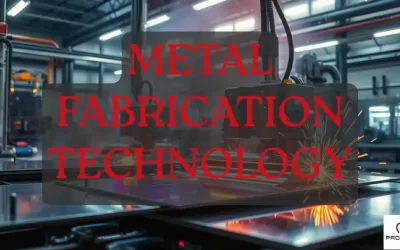

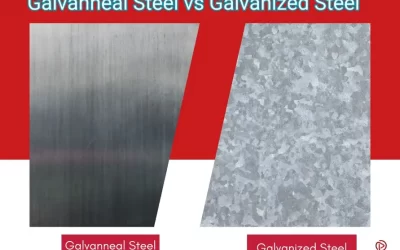
0 Comments